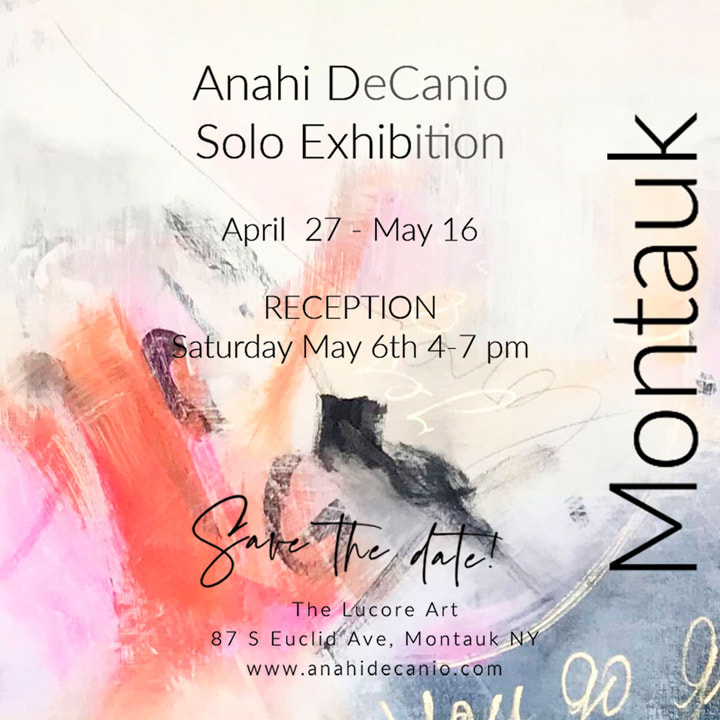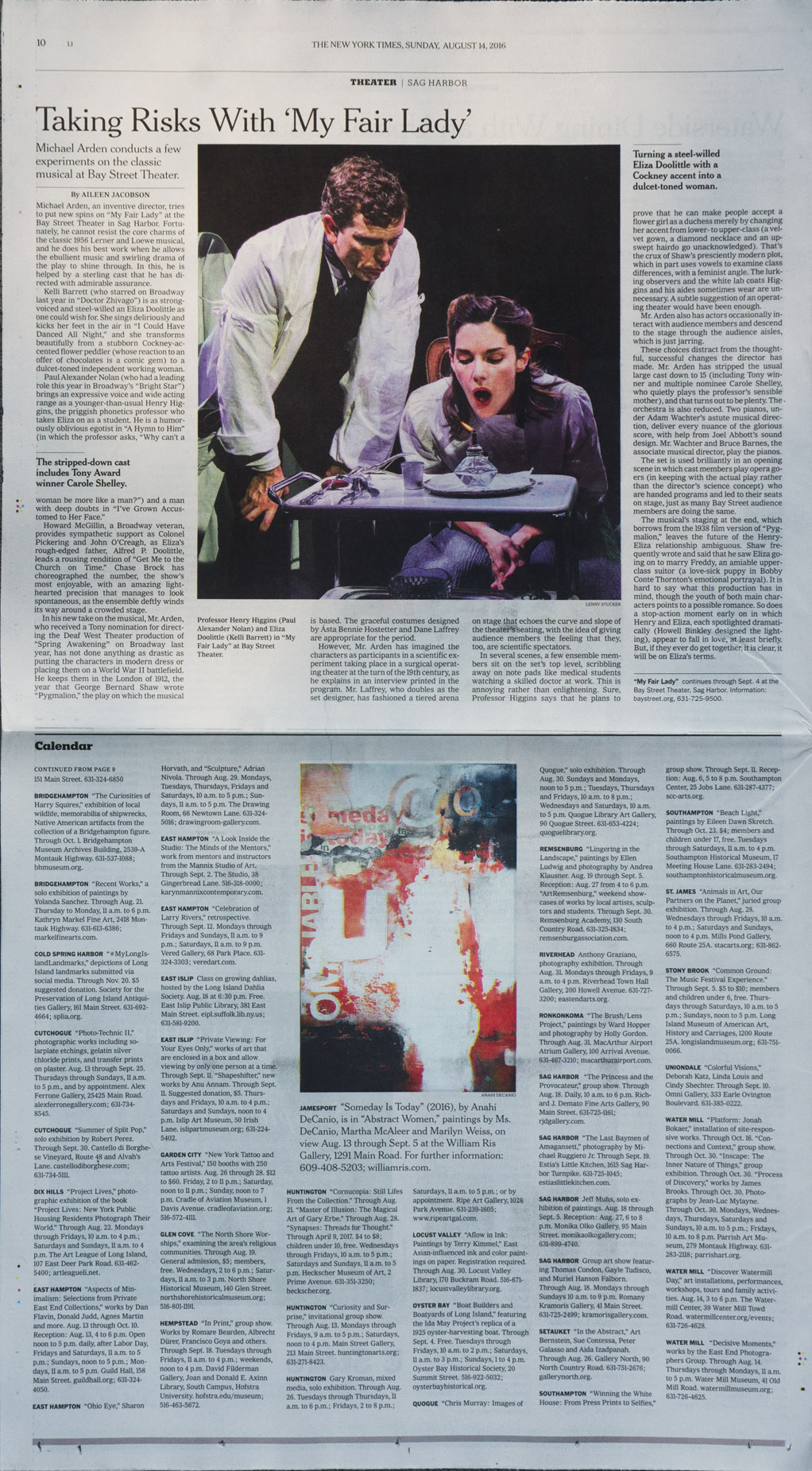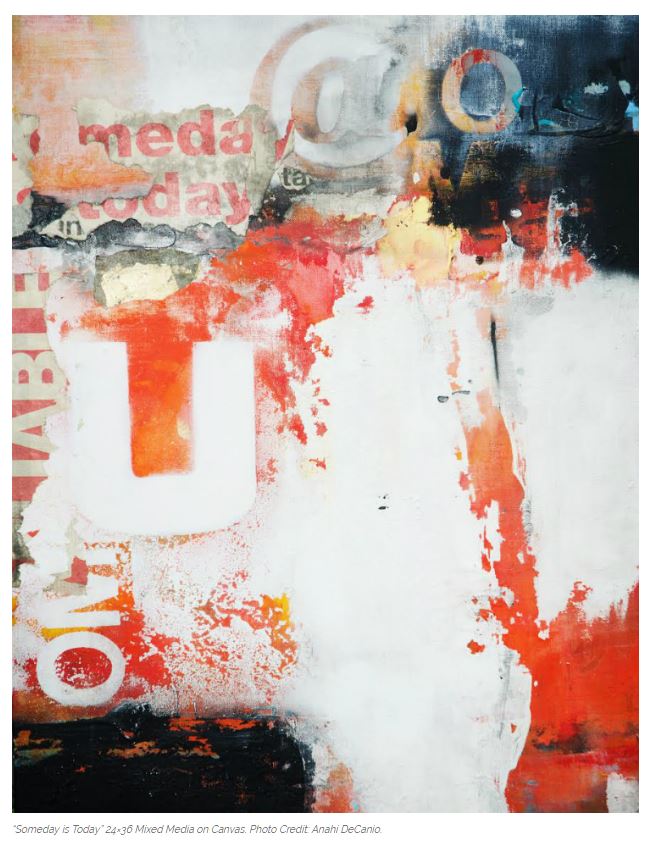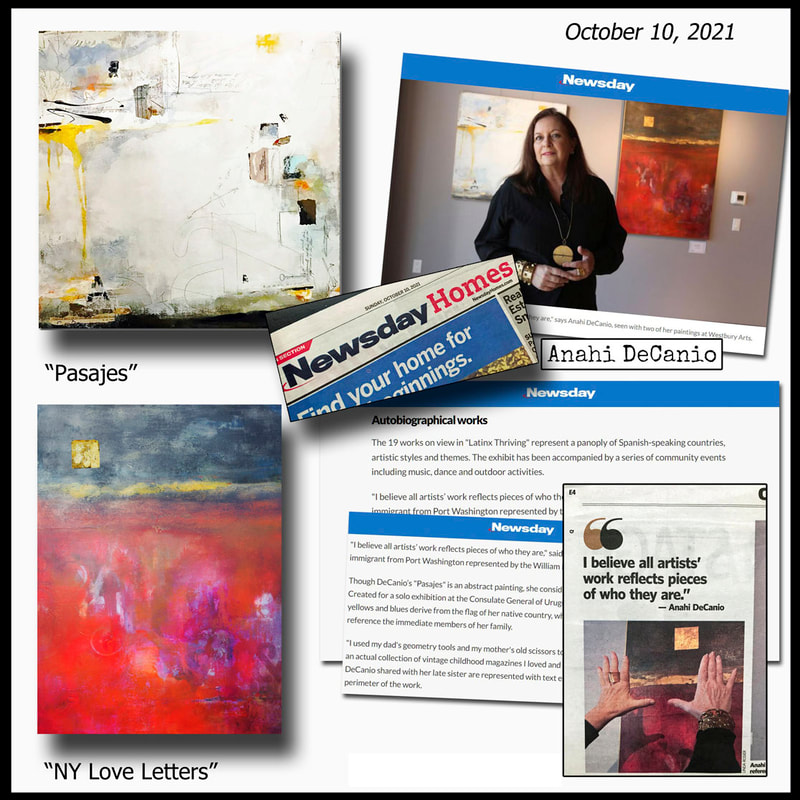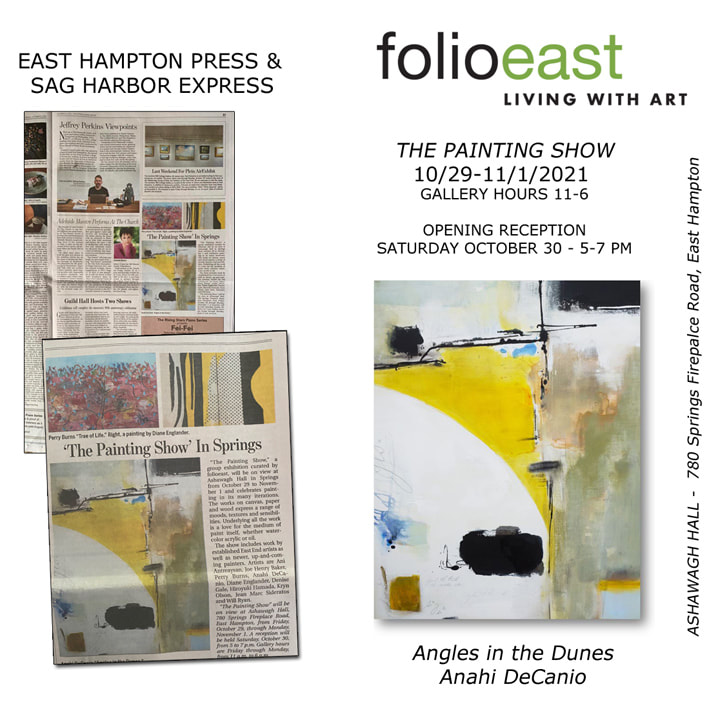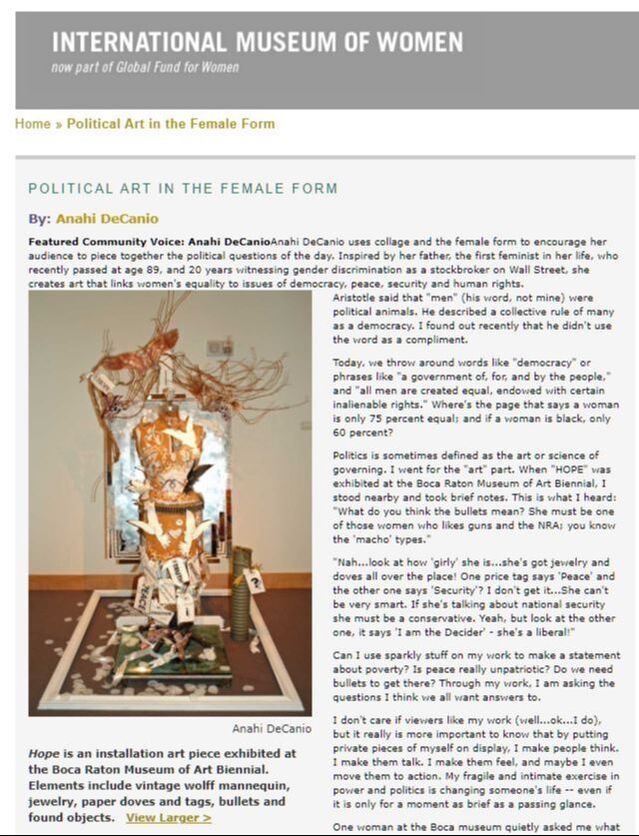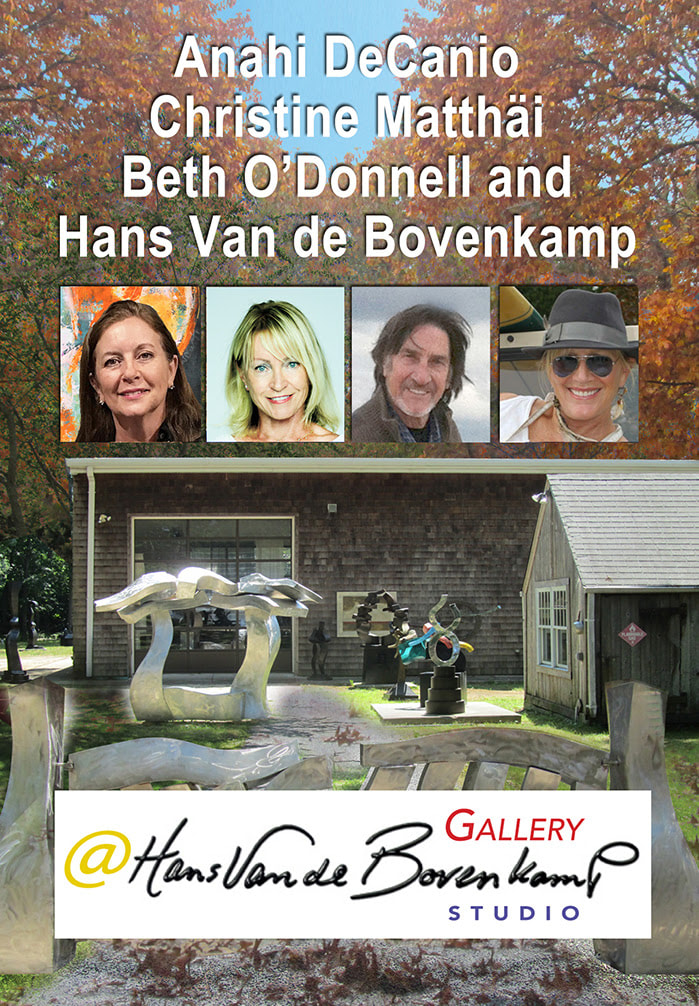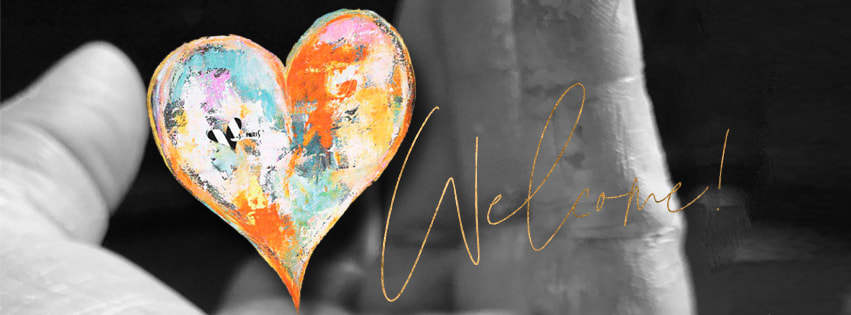|
By RANDY KENNEDY JAN. 10, 2017 - Click HERE for original article in THE NEW YORK TIMES 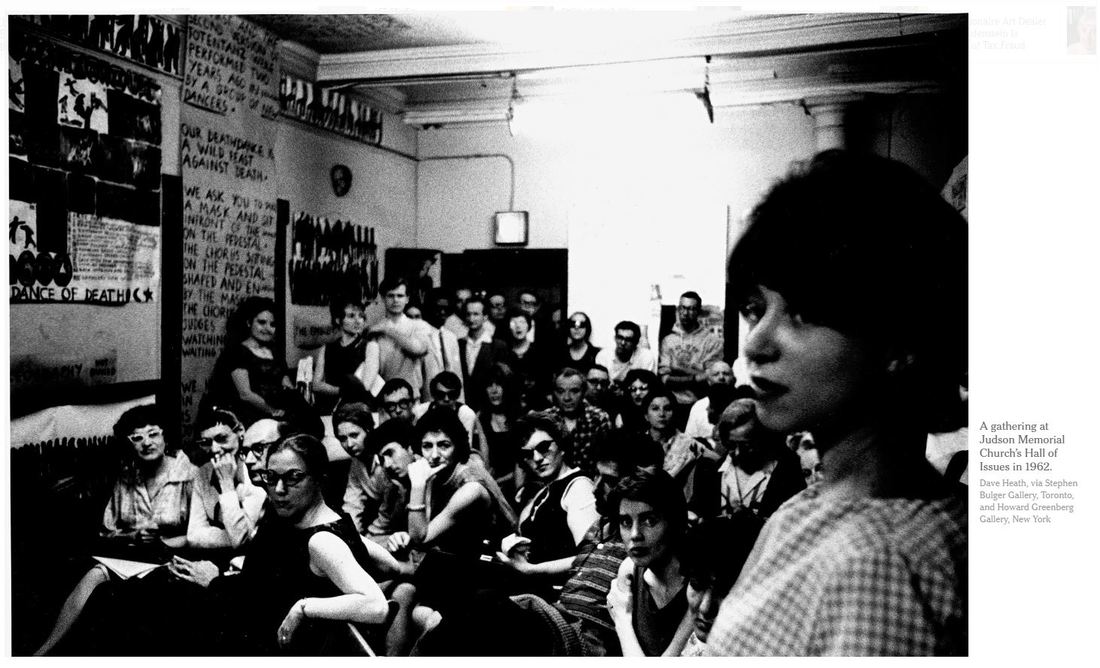 The natural history of the postwar New York art world is usually understood according to a fairly simple geography. Abstract Expressionism, America’s entry into the major leagues, was shown uptown, by tony dealers like Betty Parsons, Sidney Janis and Eleanor Ward. By the time Pop and Minimalism had taken over in the late 1960s, the center of gravity shifted downtown, to SoHo, where pioneers like Paula Cooper and uptowners like Leo Castelli followed clairvoyant artists into cheap industrial lofts. And finally, after retailers and real-estate agents realized that those lofts were gorgeous, galleries were pushed west, to the warehouses of Chelsea, where their greatest concentration remains today. But something happened along the way, in the 1950s and early 1960s, that has never been fully accounted for, a kind of foreshock of the earthquake that propelled the cutting edge of the art world south. “Inventing Downtown,” an art-packed historical deep-dive at the Grey Art Gallery at New York University, tells the story of that lost chapter, the upstart gallery scene that flourished for more than a decade in the East Village, bequeathing a body of work that considerably scrambles not only the map but also the lock-step narrative of 20th-century art movements. It was a diverse scene that held out a hint of utopian promise at a time when Abstract Expressionism was waning and new categories had not yet hardened: It included many more women than the uptown art world; it was not completely white; abstraction and figuration jostled side by side (if not always comfortably), along with genre-bending sculpture; and the gloriously messy birth of modern performance art took place in the midst of it all. Pieces of the history have been gathered before, most notably in Joellen Bard’s “Tenth Street Days: The Co-ops of the 50’s,” a small 1977 book about the formation of the D.I.Y and at times gonzo gallery district near Cooper Union largely built by artists banding together against commercial and critical indifference. But the book quickly went out of print. Even artists from the scene who went on to long and celebrated careers, like Claes Oldenburg, Alex Katz, Lois Dodd and Lucas Samaras, describe having lived through a kind of historical lacuna, one that ended abruptly with the Pop revolution started by artists like Andy Warhol and Roy Lichtenstein. “Pop Art just killed it,” said Mr. Samaras, 80, the sculptor and photographer, who performed in Allan Kaprow’s “18 Happenings in 6 Parts,” a performance-art landmark in 1959 at the Reuben Gallery on lower Fourth Avenue; it was one of the artist-run galleries that made up the downtown milieu. “It was as if there wasn’t enough time to write about what went on in those years,” Mr. Samaras said. “There wasn’t enough information available. And then suddenly it was gone.” But over the past six years, Melissa Rachleff, a clinical associate professor at New York University’s Steinhardt School, has almost single-handedly recaptured the grain of those years, for the exhibition and a comprehensive catalog that focuses on 14 artist-run galleries from 1952 to 1965. She interviewed surviving participants, sifted through archives at the Museum of Modern Art and elsewhere, and gathered works by aging artists that were all but lost to history, along with pieces by downtown luminaries like Robert Rauschenberg, Yayoi Kusama and the sculptor Mark di Suvero, who encouraged her to pursue the project. “I had some artists just hand me their work from their closets, and say: ‘Here. I might not be alive by the time this show happens, but I want you to have this,’” Ms. Rachleff said, strolling the once-seedy blocks where the galleries stood, principally East 10th Street between Fourth and Third Avenues, near where many young artists in the 1950s lived in cheap cold-water apartments. “This was my parents’ generation — I was born in 1963,” she continued. “And I really thought I had no interest in what happened in those years, especially because it was a time of white male privilege and exclusion and all of that. Yet here I am, and what I found here just knocked me out. I was like, ‘Mom, Dad, why didn’t you tell me?’” The exhibition comes on the heels of a new book by the photographer and musician John Cohen, “Cheap Rents ... and de Kooning,” published by Steidl, documenting Mr. Cohen’s personal travels through the East Village scene, along with a show of his photographs from those years on view through Feb. 11 at L. Parker Stephenson Photographs on the Upper East Side. The figurative painter Lois Dodd, the last living founder of the Tanager Gallery (1952-1962), the most influential of the artist-run galleries that clustered on East 10th Street, said it was difficult for people in today’s supercharged contemporary art world to imagine how profoundly uninterested collectors and dealers were in the 1950s in most art being made at the time. “Most uptown galleries, with a few notable exceptions, were showing stuff that still looked like Impressionism,” said Ms. Dodd, 89, in an interview in the rough-hewn walk-up loft on East Second Street where she has worked since the late 1950s. “We didn’t have any illusions that we were going to be selling anything. In fact, we were kind of torn at the beginning about whether we should open a cafe or a gallery. We just wanted a place to see our friends and show each other our work.” The Tanager was founded on East Fourth Street in a former barbershop, then relocated in 1953 to 90 East 10th, a cheaper, narrow, four-story building upstairs from a gin joint. That building now houses a defunct real-estate office where the gallery used to be. Next door at No. 88, now an architect’s office, was the studio of Willem de Kooning, a hallowed place for most of the young artist-gallerists who lived near it. (“It was like this giant living next door,” Ms. Dodd said. “He was a little older than we were, and he was really revered that way. I remember when he made his first big sale, the word went up and down the street like wildfire: ‘Bill sold a painting! Bill sold a painting!’”) The art historian and critic Irving Sandler was hired as the gallery manager (the sole employee) of the Tanager in the mid-1950s, when he was a graduate student at Columbia University. He said in a recent interview that in his three years running the gallery “I sold a sum total of one piece.” Though that abstract sculpture, by a now-forgotten artist named Joe Messina, sold for $125 to the collector and heiress Rachel Lambert Mellon, known as Bunny, who told Mr. Sandler to deliver the piece directly to the Museum of Modern Art, to which she donated. (In his 2003 memoir, “A Sweeper Up After Artists,” he noted mordantly that when she gave him her name, he asked, in all sincerity: “How do you spell that?”) Mr. Sandler, now 91, said that when the East Village galleries all coordinated their openings to Friday nights, “the streets around them would be just packed, the way streets in Chelsea are now.” “It was really a rich communal life that didn’t depend on money,” he said. “Everybody was poor. There weren’t really any winners or losers yet. It was a pretty glorious place to be.” Across from the Tanager was the Brata Gallery, probably the most racially diverse of all the neighborhood’s galleries. It showed the work of the African-American painter Ed Clark and the Japanese-American artists Robert Kobayashi and Nanae Momiyama, as well as Ms. Kusama, whose 1959 solo show of “Infinity Net” paintings set her on the road to becoming the star she is today. The building that housed the Brata, along with those of the Camino Gallery, the Area Gallery and the final location of the Club, the renowned salon where the battle for the soul of Abstraction Expressionism was waged, are gone now, replaced by apartment buildings or stores or construction sites. The East Village scene — more than the art world of SoHo, where a few remnants remain of the history that coursed through the streets — disappeared virtually without a trace. By the time it ran out of steam in the early 1960s, many of the women who showed there, including Ms. Dodd, were struggling to attract the kind of attention that their male counterparts were getting. Many women either stopped making art or stopped showing commercially. “I was too stupid to realize that women weren’t going to have the same opportunities,” Ms. Dodd said. “But you have your friends, who keep encouraging you, so you don’t stop.” When Ms. Rachleff and I recently went unannounced into the architecture office in the building where de Kooning’s studio had been, a man came out and said that once in a great while, art aficionados like us stopped by and he let them stand around and use their imaginations. Around the corner, at the building that once housed the Reuben Gallery — a game-changing crucible of performance art that the critic Lawrence Alloway once described as “anti-ceremonious, anti-formal, untidy” and “highly physical (but not highly permanent)” — we rang the doorbell of what now seemed to be a mime troupe, but no one answered. “I think the main reason this history is so little known is that it just didn’t fit any of the paradigms — it confused people,” Ms. Rachleff said. “My major revelation in doing this work is that if you follow what artists tell you, you quickly start to see that categories never really work the way historians would have you believe. This neighborhood was living proof.” A version of this article appears in print on January 15, 2017, on Page AR24 of the New York edition with the headline: Recalling When Artists Ran the Galleries. Order Reprints| Today's Paper|Subscribe
0 Comments
Your comment will be posted after it is approved.
Leave a Reply. |
Archives
September 2023
|
|
